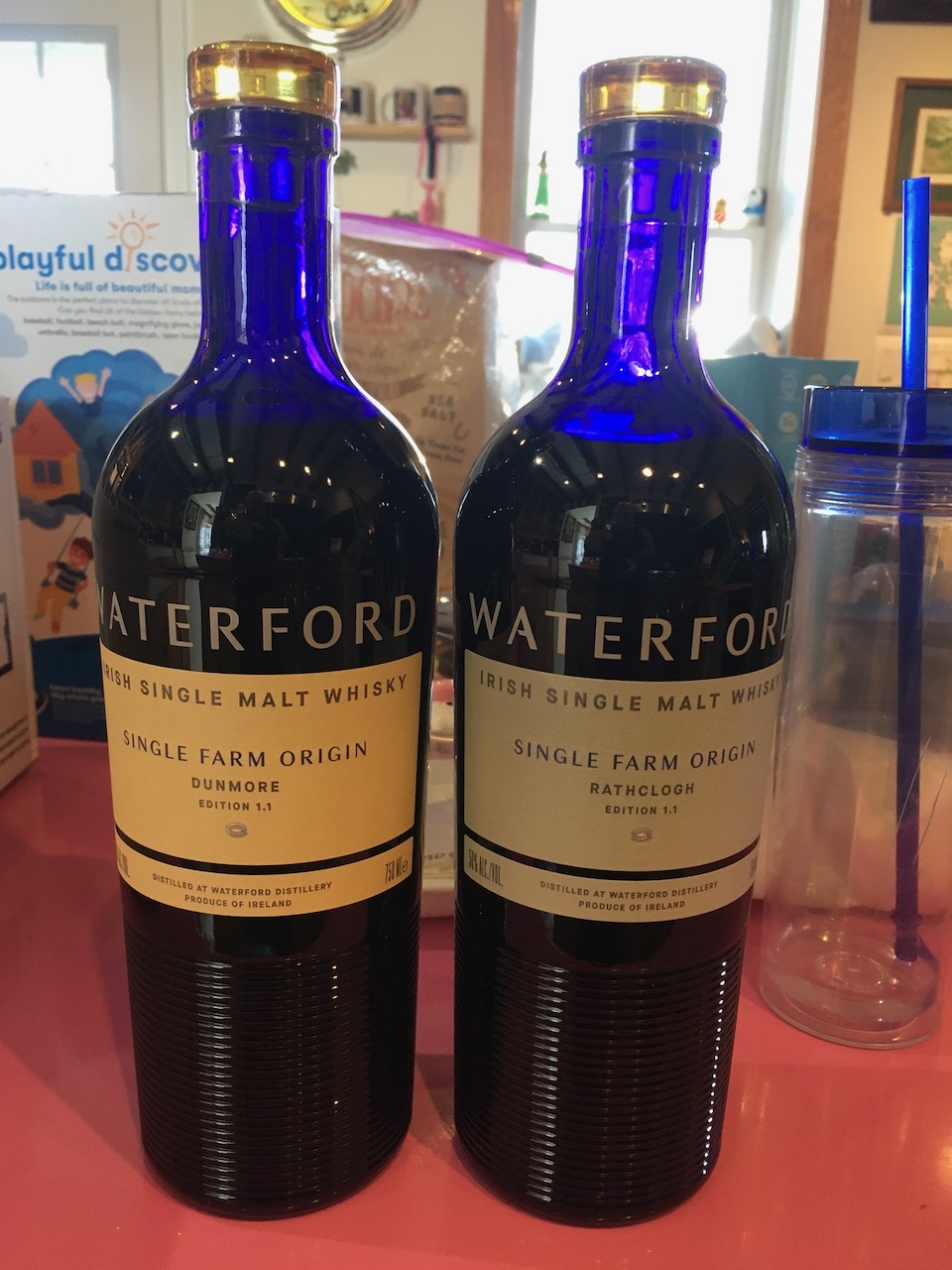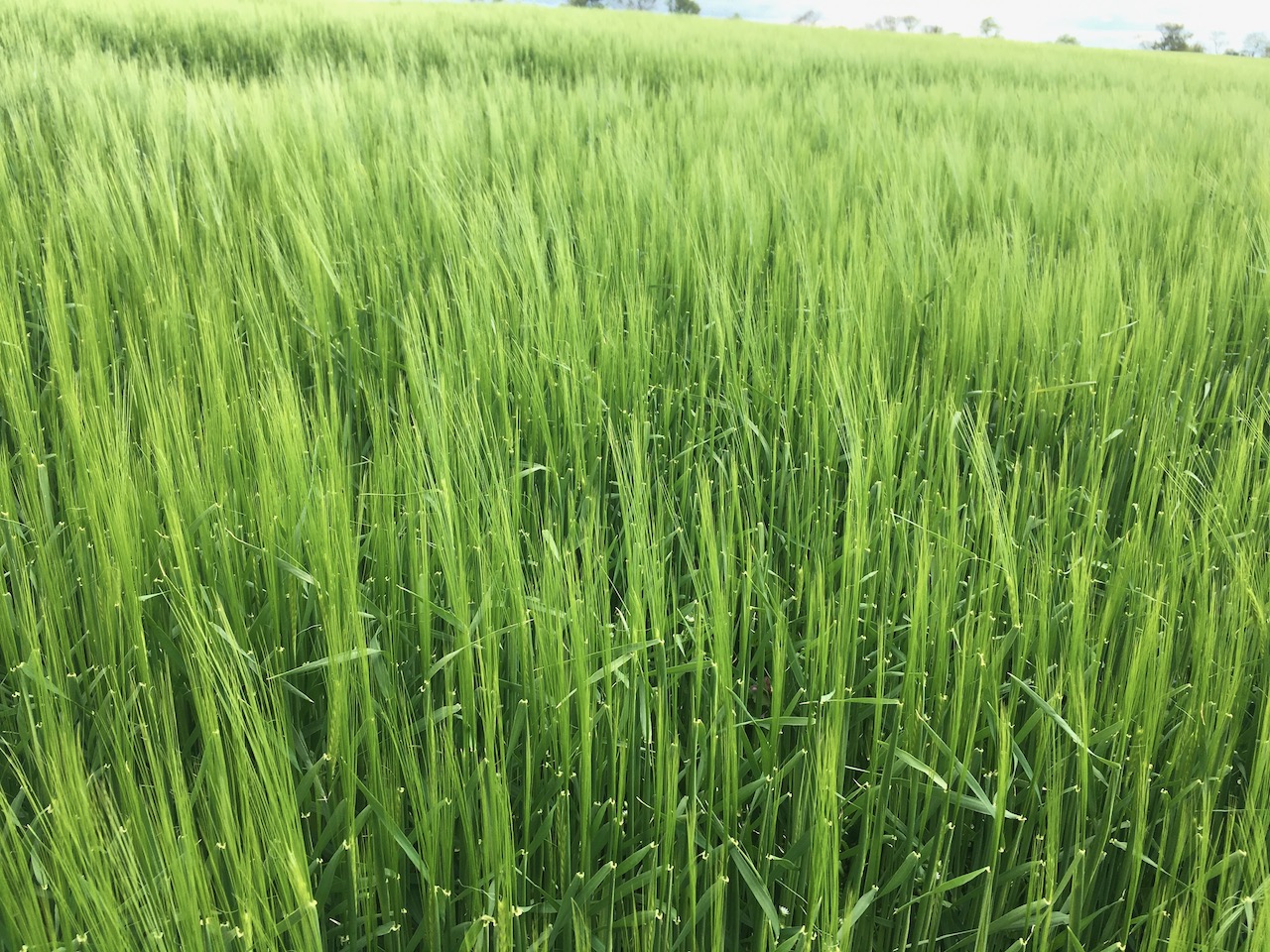Pulled some ears to check moisture level, still to high to cut. This selection is typical of what I saw walking the rows. Looking forward to the harvest!

Published on November 26th, 2014
Published on Oct 16, 2022
Pulled some ears to check moisture level, still to high to cut. This selection is typical of what I saw walking the rows. Looking forward to the harvest!

Published on Jun 8, 2022
Since I've been raising grains (rye, corn, wheat, barley) for some distilleries in Maryland, I've had, over the years, many discussions about varietals and flavor profiles of grains (particularly rye and corn) with Eli at Baltimore Spirits Co. Recently he recommended to me a book "The Terroir of Whiskey" by Rob Arnold, which, as a grower of whisky grains was quite fascinating. I recommend it to anyone with a deep interest in whisky.
The basic thread through the book is the authors quest to connect the chemical signatures that create the flavor profiles to the variety and location where the grain is grown. His basic question to be answered: is there a terroir of whisky like the terroir of wine?
Count me a sceptical (I'm a sceptic on most things). I mean come on, first you have to grow the grain, harvest it, dry it, malt it, grind it, mash it, distill it, barrel it, age it before it's bottled. With grapes its pretty much, grow, harvest, ferment, bottle. Whatever happened between the soil, environment and plant has to be lost in the translation to the whisky bottle.
I stand before you chastised and admitting that I was wrong.
Near the end of the book, Rob discusses the Waterford distillery and their work with local farmers. I was sufficiently intrigued by what he had to say, that I had to track down some of the whisky. Fortunately, my wife (the collector of all things whisky) remembered seeing Waterford at Plus Mart, so off we went and I score two bottles (for resarch purposes!)
So next grain delivery to BSC, Eli, Max and I sampled the bottles. I was humbled. They were very distinct, one pear forward, the other smokey. Both very fine Irish whiskeys. Terroir in whisky is real. I'm a believer now.
You can find the terroir in the two bottles in the picture. Checkout all the history and discussion on the Waterford web site for details on the farms and their process. Waterford distillery works with a number of local (about 100 as I remember) farms to grow specific varieties of barley. Of those farms they select grain from 40 farms that will e distilled. Once harvested the grain from each farm is kept separate and handled, distilled and bottled using the same production methods in order to focus on the variation that is expressed from the grain and the farm it is grown on. Aside from the farm based production they have several other whiskeys. So if you want to do the taste testing, make sure you get the farm based bottlings and that they are from the same year.
While reading this book I stumbled on these bottles (actually my wife did, credit to her!). We did a tasting at the distillery (the main one I work with): me, the head distiller and one of the owners. The three of us were surprised at the very distinct differences between the two bottles. Now my nose and palate are not what they used to be, so I can't count myself as a very good taste tester. However, I could clearly distinguish the strong pear notes in one bottle and the smokiness in the other bottle. Flavors that were not shared.
It's a fine Irish whiskey. So if you happen to stumble on the Waterford farm releases, check them out. I think you'll be pleasantly surprised.

Published on May 4, 2020
Flavia was planted last fall, looks really good. Here's a couple of pictures.


Published on Mar 23, 2020
On March 1 we planted a (new to us) spring rye Gazelle and a beautiful white spring wheat Sonora. Sonora has been grown in the southwest since the 18th century.
Our fall planted Abruzzi and Brasetto rye look great.
Weather permitting, we should have Boone County White, Krug, Bloody Butcher, and a small amount of Floriana Red planted for harvest this year.
Published on Mar 13, 2018
Looking forward to next week's release on Baltimore Whiskey Co's Epoch Rye.
Ads by Google